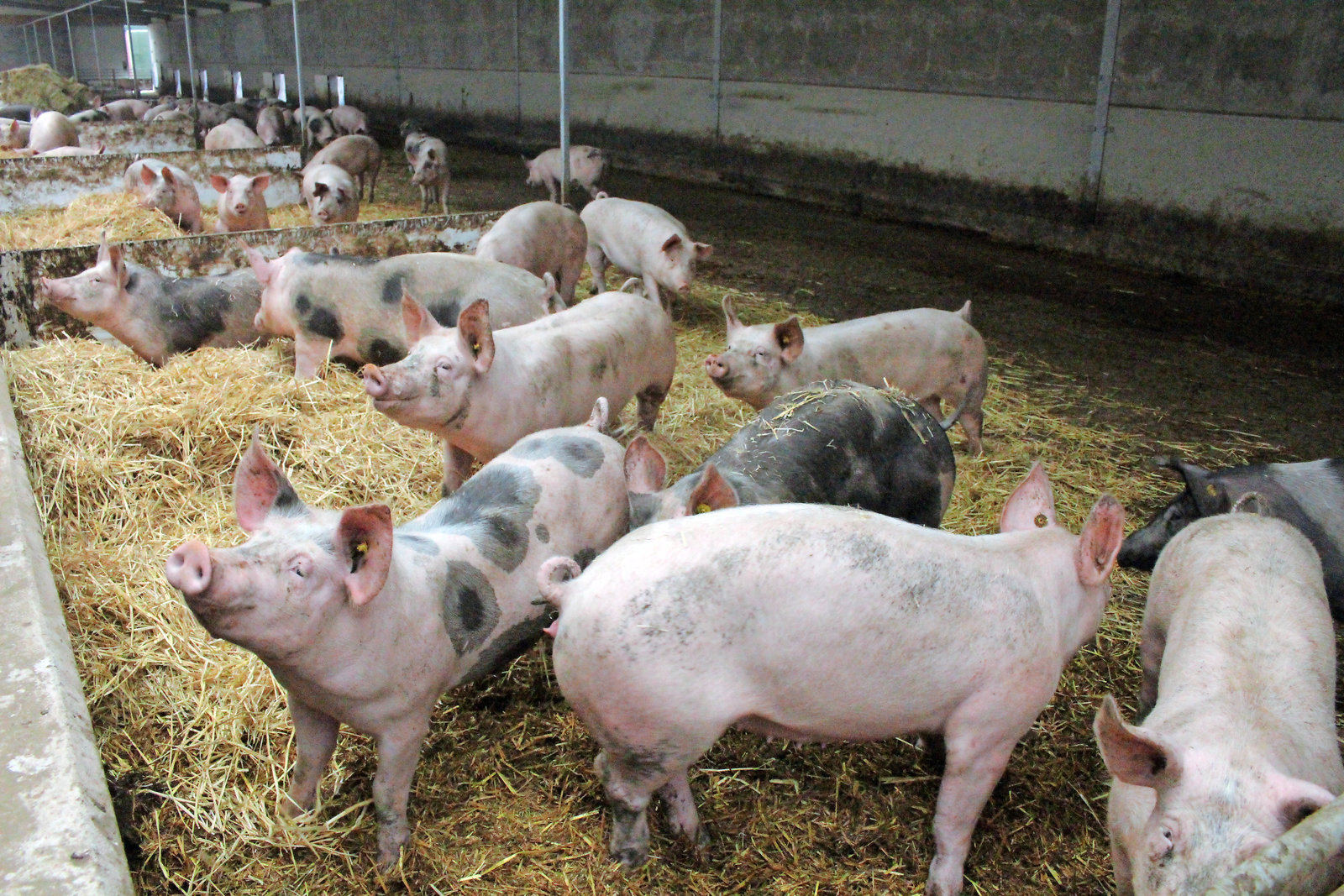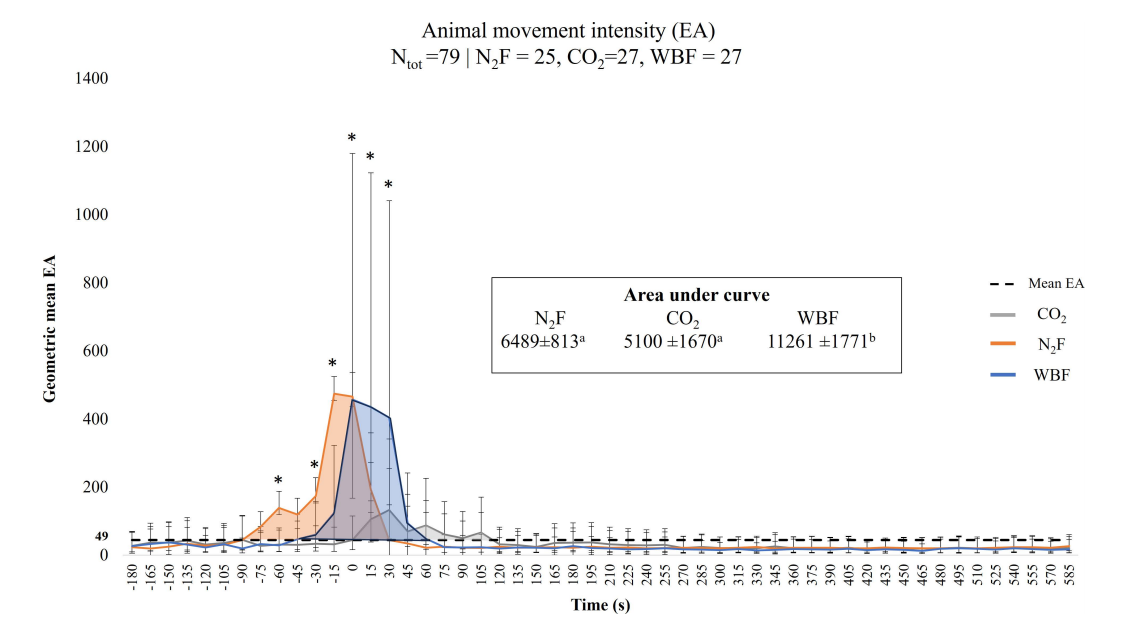News

Evaluating Methods for Mass Depopulation of Swine in Emergency Situations
To address the urgent need for effective large-scale depopulation methods in the event of foreign animal disease outbreaks in U.S. swine herds, researchers compared three techniques under field conditions: water-based foam (WBF), nitrogen-infused foam (N₂F), and carbon dioxide gas (CO₂). Current American Veterinary Medical Association (AVMA)-approved physical methods are not well-suited for commercial-scale operations, prompting the exploration of alternatives that are both efficient and humane. A recent study assessed the efficacy, animal responses, and welfare implications of these methods using physiological and behavioural data from pigs during the depopulation process, with the goal of informing future AVMA depopulation guidelines.
Heart rate and activity measured during the depopulation procedure
Scientists from The Ohio State University, Pipestone Research, Agricultural Emergency Service Inc., Minnesota Department of Agriculture, and University of Minnesota, all in the US, implanted 84 finisher pigs with Star-Oddi’s centi-HRT ACT heart rate and activity loggers. The loggers were set to measure temperature, heart rate, ECG and activity every 15 seconds. This was supported by external observations.
All methods resulted in terminal ventricular arrythmias
ECG monitoring in this study confirmed that all three depopulation methods - WBF, N₂F, and CO₂ - resulted in terminal cardiac arrhythmias, indicating effective and non-recoverable death. WBF and N₂F primarily led to ventricular fibrillation (70.4% and 76.9%, respectively), while CO₂ resulted in asystole in 75% of cases. Though these arrhythmia types differ, all were interpreted as fatal and indicative of method efficacy. Importantly, no significant differences in time to fatal arrhythmia were observed among methods, reinforcing the suitability of all three for humane depopulation when performed correctly.
Novel sounds can be frightening
Analysis of movement patterns revealed notable differences in behavioural responses between methods. Pigs subjected to N₂F exhibited the most escape attempts and movement prior to foam initiation, likely due to noise during equipment startup. WBF showed fewer aversive behaviours, with rapid declines in movement post-initiation, while CO₂-treated pigs exhibited prolonged elevated activity, potentially due to gas-induced distress or muscular excitation. These differences underscore the importance of optimizing protocols and equipment to minimize distress, particularly regarding auditory and visual stimuli during the depopulation process.

WBF and N2F are humane options to CO2 for depopulation of pigs
This study demonstrates that both WBF and N₂F are viable alternatives to CO₂ for swine depopulation, offering comparable efficacy and in some cases improved welfare outcomes such as reduced time to cessation of movement and fewer aversive behaviours. While CO₂ remains effective, its longer fill time, greater behavioural responses, and potential supply limitations make WBF and N₂F attractive options, especially when rapid deployment and animal welfare are priorities. Ultimately, method selection should balance efficacy, animal welfare, equipment logistics, and resource availability.